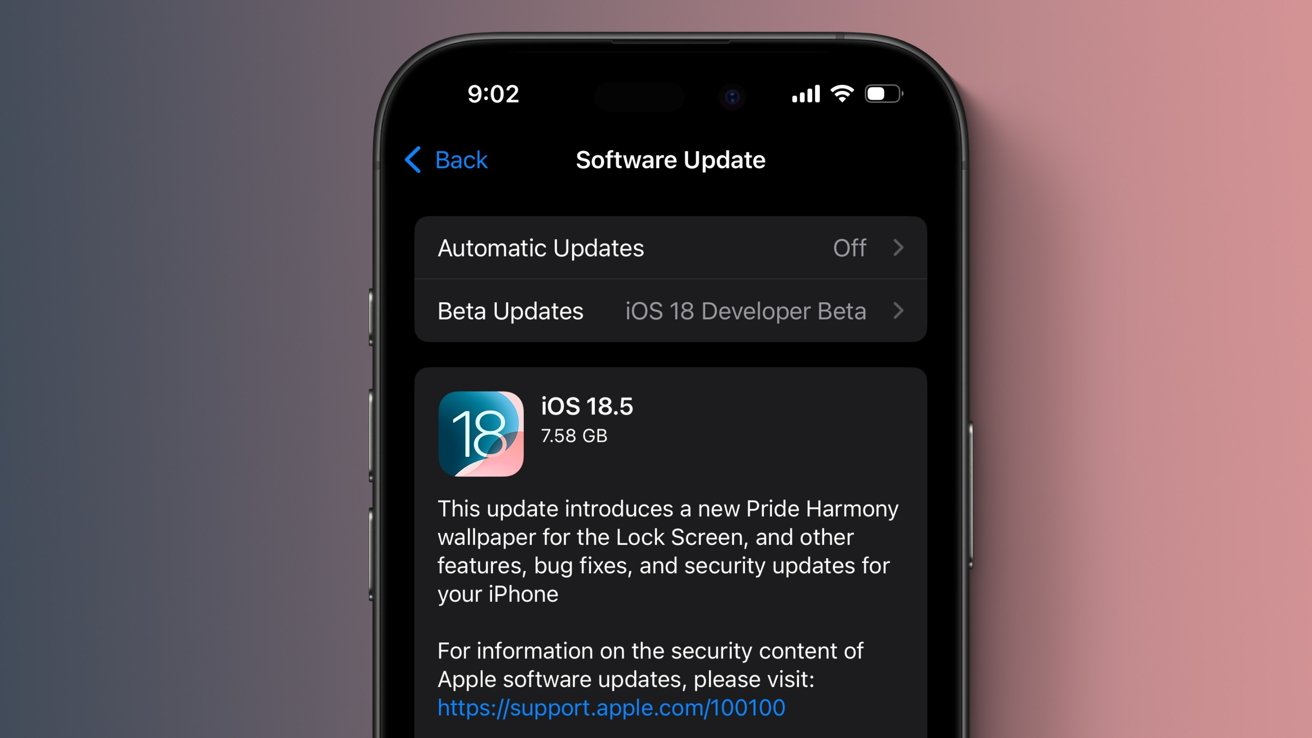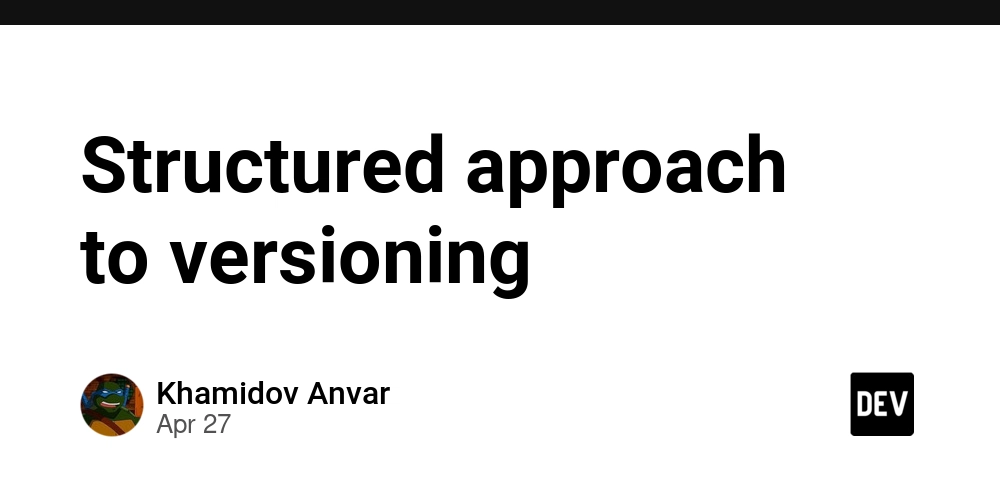How to Fix 'params.locale' Error in Next.js 15 Dynamic Routes?
Introduction If you're developing a Next.js 15 application using the new App Router with dynamic route localization, you might encounter issues accessing params.locale. This common challenge can lead to frustrating errors like the following: Error: Route "/[locale]" used `params.locale`. `params` should be awaited before using its properties. This article will guide you through understanding the core issue and provide a detailed solution to effectively access params.locale in your layout files. Let's dive into the structure and practical solutions. Understanding the Issue The error indicates that the params object must be awaited when trying to access its properties within your Next.js application. This requirement can often confuse developers, especially since params does not behave like traditional promises. In a Next.js app using the App Router, asynchronous functions allow for dynamic data fetching, but destructuring properties from params directly can lead to synchronous execution problems. This is particularly true when your layout component is exported as an async function. App Structure To give context, your app structure resembles the following: app/ ├── [locale]/ │ ├── layout.tsx // Root layout for dynamic locale routes │ └── page.tsx // Main page component for locale locales/ ├── en/ │ └── common.json // English translations ├── lt/ │ └── common.json // Lithuanian translations i18Config.js // i18n configuration i18n.js // i18n initialization TranslationsProvider.js // Translation provider component middleware.js // Middleware for locale-based redirection Fixing the Error To fix the error about accessing params.locale, you need to ensure that the params variable is waited on properly before using its properties. Here’s how you can modify your layout.tsx: Updated layout.tsx import "@/styles/global.css"; import { Outfit } from "next/font/google"; import { Providers } from "./providers"; import i18nConfig from "../../i18nConfig"; import { dir } from "i18next"; const outfit = Outfit({ subsets: ["latin"], weight: ["300", "400", "500", "600", "700", "800"], style: ["normal"], }); export function generateStaticParams() { return i18nConfig.locales.map((locale) => ({ locale })); } export default async function RootLayout({ children, params, }: { children: React.ReactNode; params: { locale: string }; }) { const { locale } = await params; // Await params to avoid the error return ( {children} ); } Important Notes Awaiting params: In the revised code, instead of destructuring params directly upon function input, the params are awaited before their properties are accessed. This resolves the error effectively. Maintaining Type Integrity: Ensure TypeScript can correctly infer that params has the expected shape. Using the defined type { locale: string } ensures proper type checks. Automatic Static Optimization: The generateStaticParams function is utilized to ensure dynamic routes are correctly generated at build time, allowing for pre-fetching of locale data. Frequently Asked Questions (FAQ) Why do I need to await params? In Next.js 15's App Router, asynchronous data handling necessitates that you await objects that are potentially promises or need evaluation. This helps prevent runtime errors, maintaining predictable behavior. Can I access params synchronously? No, if you declared your component as an async function, destructuring from params must follow an asynchronous pattern. Always ensure to await the params object. What if I still get the error after applying the fix? Double-check that your layout file is indeed structured as an async function, and ensure you restart your development server to clear any potential caching issues. Conclusion Navigating the nuances of dynamic routing and async functions in Next.js 15 can be challenging, but understanding how to properly access params is critical. By awaiting params, you can ensure your application runs smoothly without encountering the dreaded error. Implement these changes in your layout file, and your dynamic localization should work seamlessly. Happy coding!

Introduction
If you're developing a Next.js 15 application using the new App Router with dynamic route localization, you might encounter issues accessing params.locale. This common challenge can lead to frustrating errors like the following:
Error: Route "/[locale]" used `params.locale`. `params` should be awaited before using its properties.
This article will guide you through understanding the core issue and provide a detailed solution to effectively access params.locale in your layout files. Let's dive into the structure and practical solutions.
Understanding the Issue
The error indicates that the params object must be awaited when trying to access its properties within your Next.js application. This requirement can often confuse developers, especially since params does not behave like traditional promises.
In a Next.js app using the App Router, asynchronous functions allow for dynamic data fetching, but destructuring properties from params directly can lead to synchronous execution problems. This is particularly true when your layout component is exported as an async function.
App Structure
To give context, your app structure resembles the following:
app/
├── [locale]/
│ ├── layout.tsx // Root layout for dynamic locale routes
│ └── page.tsx // Main page component for locale
locales/
├── en/
│ └── common.json // English translations
├── lt/
│ └── common.json // Lithuanian translations
i18Config.js // i18n configuration
i18n.js // i18n initialization
TranslationsProvider.js // Translation provider component
middleware.js // Middleware for locale-based redirection
Fixing the Error
To fix the error about accessing params.locale, you need to ensure that the params variable is waited on properly before using its properties. Here’s how you can modify your layout.tsx:
Updated layout.tsx
import "@/styles/global.css";
import { Outfit } from "next/font/google";
import { Providers } from "./providers";
import i18nConfig from "../../i18nConfig";
import { dir } from "i18next";
const outfit = Outfit({
subsets: ["latin"],
weight: ["300", "400", "500", "600", "700", "800"],
style: ["normal"],
});
export function generateStaticParams() {
return i18nConfig.locales.map((locale) => ({ locale }));
}
export default async function RootLayout({
children,
params,
}: {
children: React.ReactNode;
params: { locale: string };
}) {
const { locale } = await params; // Await params to avoid the error
return (
{children}
);
}
Important Notes
-
Awaiting
params: In the revised code, instead of destructuringparamsdirectly upon function input, theparamsare awaited before their properties are accessed. This resolves the error effectively. -
Maintaining Type Integrity: Ensure TypeScript can correctly infer that
paramshas the expected shape. Using the defined type{ locale: string }ensures proper type checks. -
Automatic Static Optimization: The
generateStaticParamsfunction is utilized to ensure dynamic routes are correctly generated at build time, allowing for pre-fetching of locale data.
Frequently Asked Questions (FAQ)
Why do I need to await params?
In Next.js 15's App Router, asynchronous data handling necessitates that you await objects that are potentially promises or need evaluation. This helps prevent runtime errors, maintaining predictable behavior.
Can I access params synchronously?
No, if you declared your component as an async function, destructuring from params must follow an asynchronous pattern. Always ensure to await the params object.
What if I still get the error after applying the fix?
Double-check that your layout file is indeed structured as an async function, and ensure you restart your development server to clear any potential caching issues.
Conclusion
Navigating the nuances of dynamic routing and async functions in Next.js 15 can be challenging, but understanding how to properly access params is critical. By awaiting params, you can ensure your application runs smoothly without encountering the dreaded error. Implement these changes in your layout file, and your dynamic localization should work seamlessly. Happy coding!







































































![Apple Seeds watchOS 11.5 RC to Developers [Download]](https://www.iclarified.com/images/news/97235/97235/97235-640.jpg)
![Apple Seeds visionOS 2.5 RC to Developers [Download]](https://www.iclarified.com/images/news/97240/97240/97240-640.jpg)
![Apple Seeds tvOS 18.5 RC to Developers [Download]](https://www.iclarified.com/images/news/97243/97243/97243-640.jpg)













![Look at this Chrome Dino figure and its adorable tiny boombox [Gallery]](https://i0.wp.com/9to5google.com/wp-content/uploads/sites/4/2025/05/chrome-dino-youtube-boombox-1.jpg?resize=1200%2C628&quality=82&strip=all&ssl=1)






























































































 Stolen 884,000 Credit Card Details on 13 Million Clicks from Users Worldwide.webp?#)


_Brian_Jackson_Alamy.jpg?width=1280&auto=webp&quality=80&disable=upscale#)

_Steven_Jones_Alamy.jpg?width=1280&auto=webp&quality=80&disable=upscale#)

























































































































![[The AI Show Episode 146]: Rise of “AI-First” Companies, AI Job Disruption, GPT-4o Update Gets Rolled Back, How Big Consulting Firms Use AI, and Meta AI App](https://www.marketingaiinstitute.com/hubfs/ep%20146%20cover.png)




























































































































































































































































.jpg?width=1920&height=1920&fit=bounds&quality=70&format=jpg&auto=webp#)




